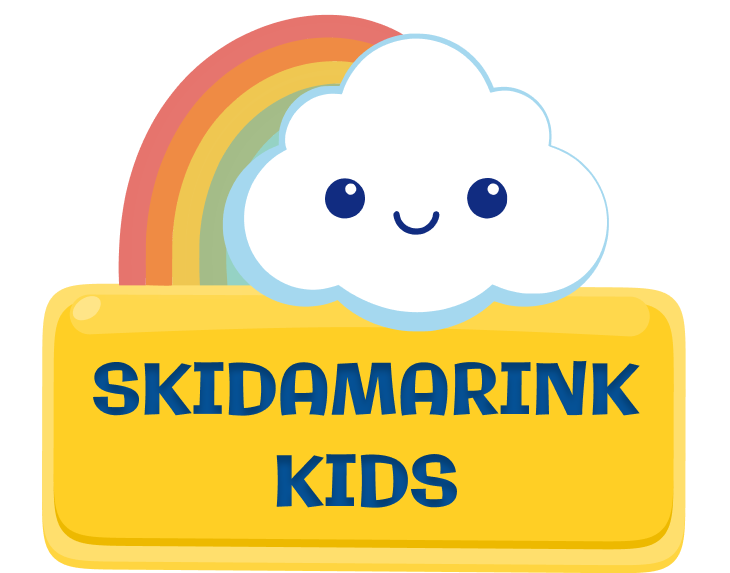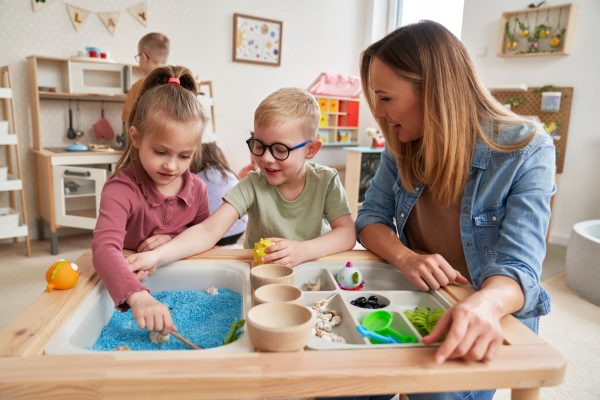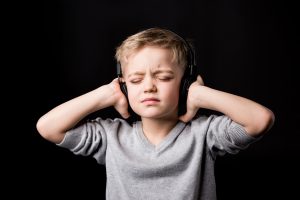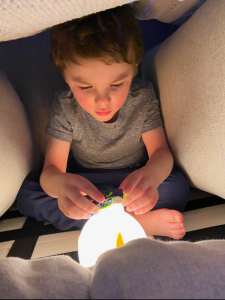You can’t go into many stores these days without seeing some type of sensory toy. As parents, we know sensory development is important. Yet many parents say they don’t know why or when to use these tools. Let’s explore the amazing benefits of sensory bins and fidgets for child development and emotional regulation.
Have you noticed that certain textures or activities help your child calm down or refocus? These aren’t just fun distractions. Instead, they’re powerful tools that offer deep benefits for your child’s sensory processing, emotional regulation, and brain growth. Just as adults might reach for coffee or fidget with a pen to feel better, sensory bins and fidgets give children their own ways to manage sensory needs and emotions.
Why the Benefits of Sensory Bins and Fidgets Matter for Children
For children who have big emotions, struggle to stay focused, or have sensory processing differences, these tools can be life-changing. The benefits of sensory bins and fidgets include helping children in many important ways. These tools provide support that can transform daily challenges into opportunities for growth.
The Science Behind How These Tools Work
Sensory tools work by giving children’s brains the input they need. First, they help organize information from their environment. Our bodies and brains are always processing sensory information. This includes touch, sound, sight, movement, taste, and smell. When children use sensory tools, they get organized, predictable input. As a result, this helps their nervous system regulate and respond well.
Key Benefits of Sensory Bins and Fidgets
Emotional Regulation Benefits
Calming Effects:
- Soothe the nervous system – Through touch-based input
- Reduce anxiety and stress – In natural, healthy ways
- Help organize thoughts and emotions – When feeling overwhelmed
- Make transitions between activities easier – Give child fidget when time to switch tasks

Physical Development Benefits
Growth Support:
- Provide needed deep pressure – Through squeezing activities
- Strengthen hand muscles – For writing and daily tasks
- Improve hand-eye coordination – Through targeted practice
- Develop fine motor skills – Through hands-on tool use
- Support overall body awareness – And coordination skills
Focus and Learning Benefits
Brain Benefits:
- Increase attention span – And ability to stay focused
- Support homework completion – And learning activities
- Improve listening skills – During instruction time
- Give hands something productive to do – For kids who need to touch things
- Enhance learning – Through multi-sensory experiences
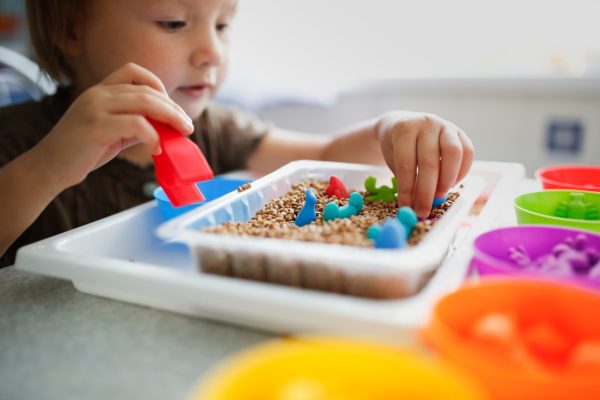
Sensory Processing Benefits
Growth Opportunities:
- Allow safe exploration – Of various textures
- Gradually reduce sensitivity – To certain sensations
- Support picky eaters – Through non-food sensory experiences
- Increase tolerance – For different types of touch
- Foster healthy sensory integration – For daily functioning
Understanding Your Child's Sensory Needs
Every child has unique sensory preferences and needs. Some children seek sensory input (sensory seekers). Meanwhile, others avoid certain sensations (sensory avoiders). Observing your child can help you determine which tools might benefit them most:
Questions to Ask:
- Does your child seek movement? – Movement-based fidgets might help
- Is your child sensitive to touch? – Gradual exposure through sensory bins with tools can help
- Does your child chew on items? – Oral motor tools might meet their needs
- Does your child get overwhelmed easily? – Calming sensory tools can provide regulation
Types of Sensory Tools That Provide These Benefits
The benefits of sensory bins and fidgets come from two main types of tools:
1. Sensory Bins These are containers filled with materials that children can explore with their hands. They offer a concentrated sensory experience. Children can dig, pour, scoop, and explore safely.
2. Fidgets These are small, portable tools that provide sensory input. They are less messy and more discreet than bins. Children can use them anywhere they need regulation.
When to Use These Tools for Maximum Benefits
The benefits of sensory bins and fidgets are most helpful during:
- Transitions between activities – When children need help switching focus
- Homework or focused learning time – To support attention and concentration
- Waiting periods – Like doctor visits or car rides
- Times of emotional distress – When children feel overwhelmed
- Before challenging situations – To help them prepare and feel calm
- As part of a regular sensory diet – For ongoing support
Getting Started: How to See These Benefits
If you’re new to sensory tools, start small. This way, you can observe the benefits of sensory bins and fidgets for your specific child:
Beginning Steps:
- Begin with one type – Of sensory bin or fidget
- Observe how your child responds – To different textures and activities
- Set clear boundaries for use – So tools stay special and effective
- Be consistent – In offering sensory opportunities
- Gradually introduce new textures – And experiences as they’re ready
Supporting Children with Different Sensory Needs
Remember that sensory preferences are normal. They’re simply part of your child’s unique brain makeup. Supporting your child’s sensory needs isn’t about fixing something wrong. Instead, it’s about providing tools that help them function at their best.
The benefits of sensory bins and fidgets work differently for each child. Some children will calm down immediately. Others may need time to learn how to use these tools effectively. Be patient as your child discovers what works best for them.
When to Seek Additional Support
Pro Tip: If your child has significant sensory challenges that interfere with daily functioning, consider asking your doctor if your child would benefit from a referral to an occupational therapist.
Occupational Therapist specialize in sensory processing. They can provide personalized recommendations for sensory tools for child development. These recommendations will specifically address your child’s needs.
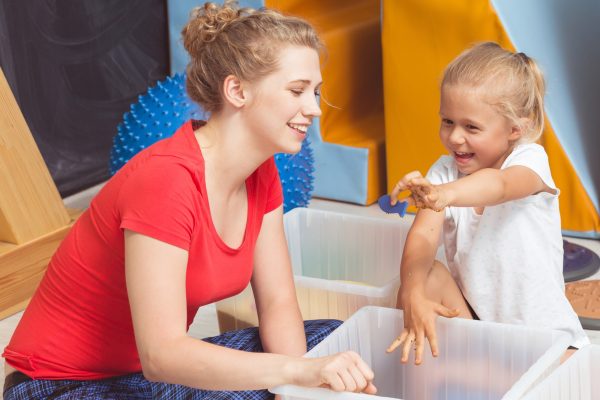
The Long-Term Benefits of Sensory Bins and Fidgets
The thoughtful use of these tools can transform daily challenges. They turn struggles into opportunities for growth, learning, and connection. By understanding and supporting your child’s sensory needs, you’re helping them build important skills. These self-regulation skills will benefit them throughout their lifetime.
Key Long-Term Benefits:
- Better emotional regulation – Throughout childhood and beyond
- Improved focus and attention – That supports academic success
- Stronger fine motor skills – For writing and daily tasks
- Greater sensory tolerance – For new experiences and environments
- Enhanced self-awareness – Of their own needs and preferences
Moving Forward with Sensory Support
Understanding the benefits of sensory bins and fidgets is just the beginning. The real magic happens when you start using these tools consistently with your child. Watch for what works best for them. Then, build these tools into your daily routines.
Remember, every child is different. What works for one child may not work for another. The key is to stay curious, patient, and observant. As you learn more about your child’s sensory needs, you’ll be able to provide better support.
Next Steps
Want to learn more about specific sensory tools? Check out our companion blogs:“Parent Guide to Choosing Fidget Toys for Self-Regulation” and “A Complete How To Guide to Create Sensory Bins for Children”. These resources will give you practical, step-by-step guidance for implementing these powerful tools in your home.
– Kendra
